I’ve said for years that there is a lot going on behind a wine label. A lot of compliance that is. When an average consumer picks up a bottle of wine they would probably be very surprised to know all the requirements that wine labels must meet, and the minimum percentages that wine blends must meet when listing common items on their labels. These same requirements and minimum percentages are what wineries are often getting wrong on their labels. It’s usually not their fault though, they haven’t been given actual training in this specialized area.
First of all, all wine labels are required to list a set of items. Related to that, all wine that is sold in US commerce is required to obtain label approval from the TTB. It is in the process of submitting a label to the TTB for approval that labels are scrutinized to make sure they include all required items, some of which must be located on a specific label. If labels are missing any of these items, or they are placed incorrectly the TTB will send the application back for correction.
Second, commonly used items such as varietal (chardonnay, pinot noir, etc), vintage and appellation (Napa Valley, Sonoma County, etc) all must meet minimum percentage requirements if listed on wine labels. This means that either the same person who is submitting the labels for TTB approval must be aware of both these requirements and also be checking a wine’s blend to make sure they meet the percentages, or they are coordinating with other winery staff who do know the details on each wine’s blend.
I’ve seen again and again that winery staff are not aware of these requirements, meaning their TTB label approvals take longer and that their wines may not qualify for what is listed on their labels. Like I said, it is almost always not their fault. There is a lot going on compliance wise, around the design and TTB approval of a wine label.
That’s the topic of our next in person course being held on Wednesday, April 19th from 9 am to 1 pm in Napa Sign up here
Recent Posts
If you aren’t in the winery compliance world, don’t write about it!
Nails on a chalkboard. Folks, there is already a lot of incomplete or flat-out wrong information shared about winery compliance. Let’s not add to it! Stay in your lane. If you’re not actually in the winery compliance world, please spare all of us who are, and do not...
Eight takeaways from the CalRecycle training webinar on CA CRV requirements.
I joined in with the group of around 500 other folks who showed up live to CalRecycle's informational webinar on what the CA CRV reporting will mean for wineries. A fun way to kill a couple of afternoon hours on a Friday afternoon! But seriously it was very...
